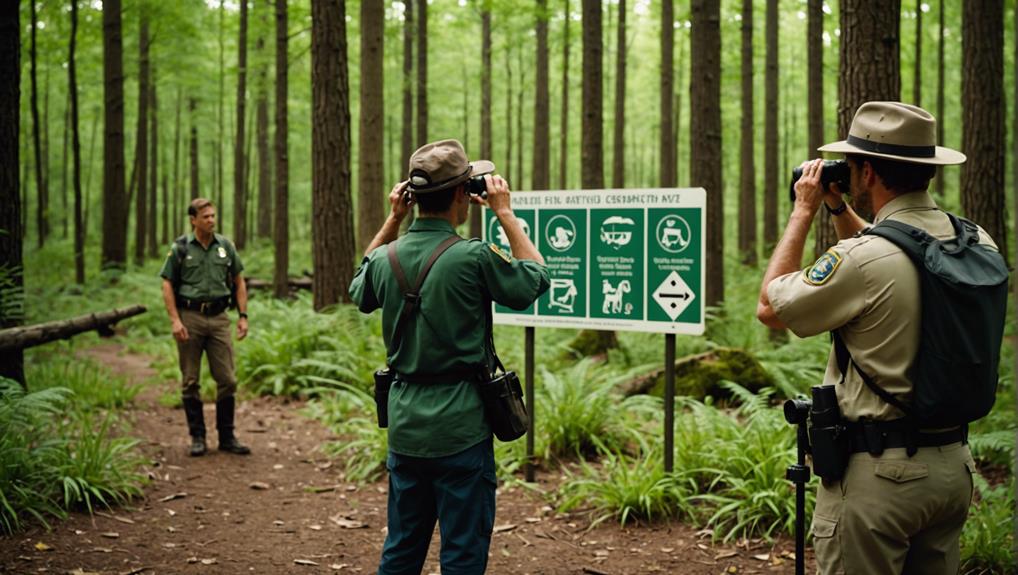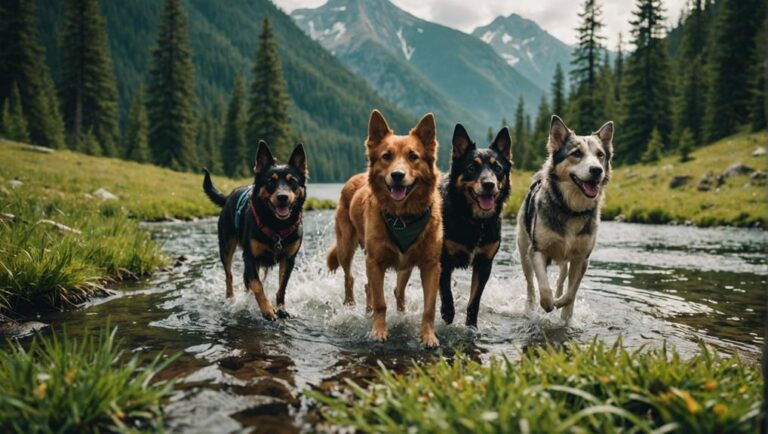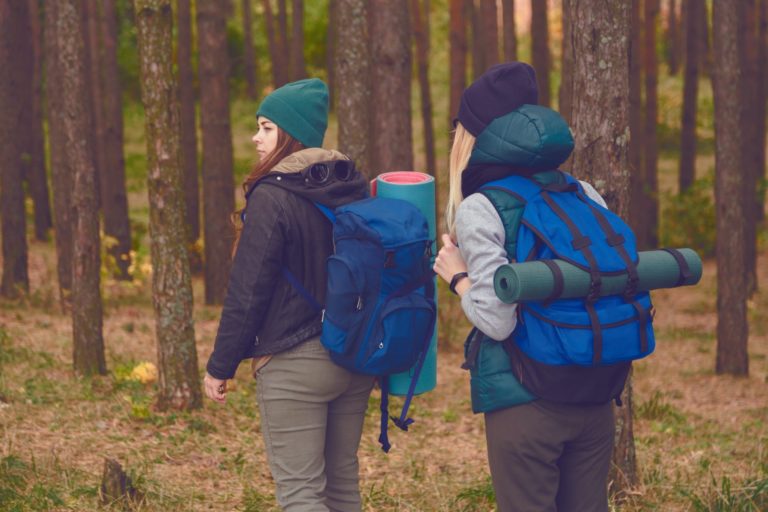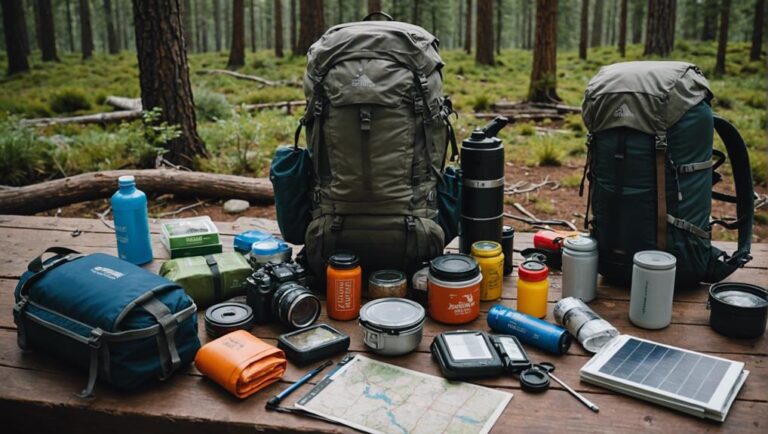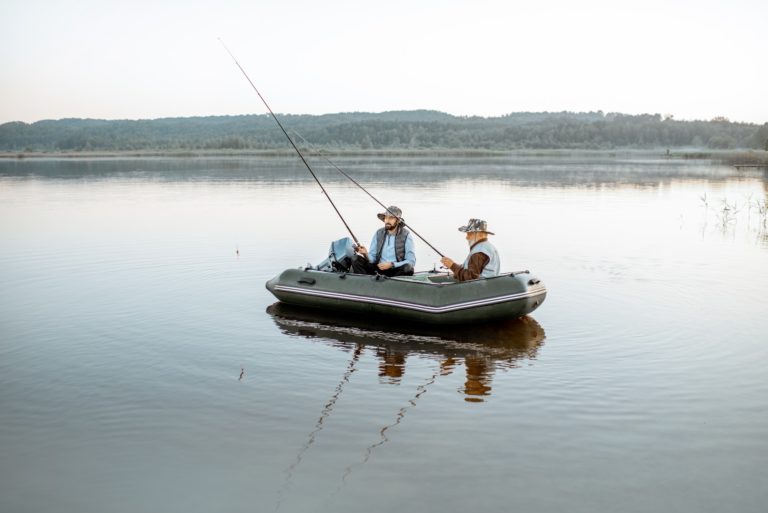Mastering Wildlife Safety: Preventing Risky Encounters
Mastering wildlife safety is crucial for any outdoor adventure. Start by understanding animal behavior and staying vigilant of your surroundings. In bear country, remember to make noise and carry bear spray for added protection. When walking in areas with snakes, be cautious and watch your step, especially in tall grass. If you encounter a mountain lion, remain calm and slowly back away. It's essential to keep a safe distance from moose, especially during mating season, and pay attention to their body language. Properly securing food and taking proactive measures can help prevent risky wildlife encounters. By following these tips, you'll be better prepared to enjoy nature safely. Stay tuned for more insights and advice on wildlife safety!
Basic Wildlife Safety
When you're out exploring nature, it's important to remember that most wildlife naturally avoids humans. Understanding animal behavior can help you safely navigate wildlife habitats. If you come across animals, stay calm and avoid running to prevent triggering a prey response. Before venturing out, educate yourself about the local wildlife to recognize animal tracks and droppings, which can provide clues about nearby animals. Walk confidently, stay aware of your surroundings, and respect wildlife's space to enjoy nature safely. Remember, wildlife typically prefers to keep its distance, so respecting their space ensures a safer and more enjoyable adventure for all.
Bear Safety Tips
Understanding the basics of wildlife safety is crucial before delving into specific guidelines, such as staying safe in bear country. To confidently navigate bear territory, it's essential to grasp bear behavior and take proactive measures. Here are three essential tips:
- Stay Vocal: When hiking, make plenty of noise to avoid surprising bears. Clap, talk, or sing to announce your presence.
- Equip Bear Spray: Always keep bear spray within reach as your best defense if a bear approaches too closely.
- Secure Food Properly: Adhere to proper food storage guidelines to prevent attracting bears to your campsite.
Snake Safety Tips

Remaining alert and mindful of your surroundings is crucial to avoid risky encounters with snakes. It's important to be able to distinguish between different snake species like rattlesnakes, copperheads, coral snakes, and cottonmouths. This knowledge is key to staying safe. Snakes tend to hide in rocky areas and tall grass, so be cautious where you walk. Their habitats can be anywhere, so it's essential to stay vigilant.
If you come across a snake, give it plenty of space. Avoid trying to touch or move it. You can use a trekking pole to check the path ahead for any hidden snakes. Rattlesnakes usually give a warning with their distinctive rattle, so it's helpful to keep one ear open while hiking to listen for any alerts. By staying alert and cautious, you can ensure a safe and enjoyable hiking experience.
Mountain Lion Safety
When hiking in snake-inhabited areas, it's important to be aware of the potential presence of mountain lions and take precautions for your safety. Understanding the behavior of these big cats is crucial. While mountain lion encounters are rare, it's best to be prepared. If you do come across one, remember these steps to stay safe:
- Stay Calm: Avoid running and instead, try to make yourself appear larger by raising your arms.
- Back Away Slowly: Maintain eye contact and slowly back away without turning your back on the mountain lion.
- Act Aggressively If Attacked: If the mountain lion attacks, throw stones or branches towards its eyes and head to deter it.
Moose Safety Tips
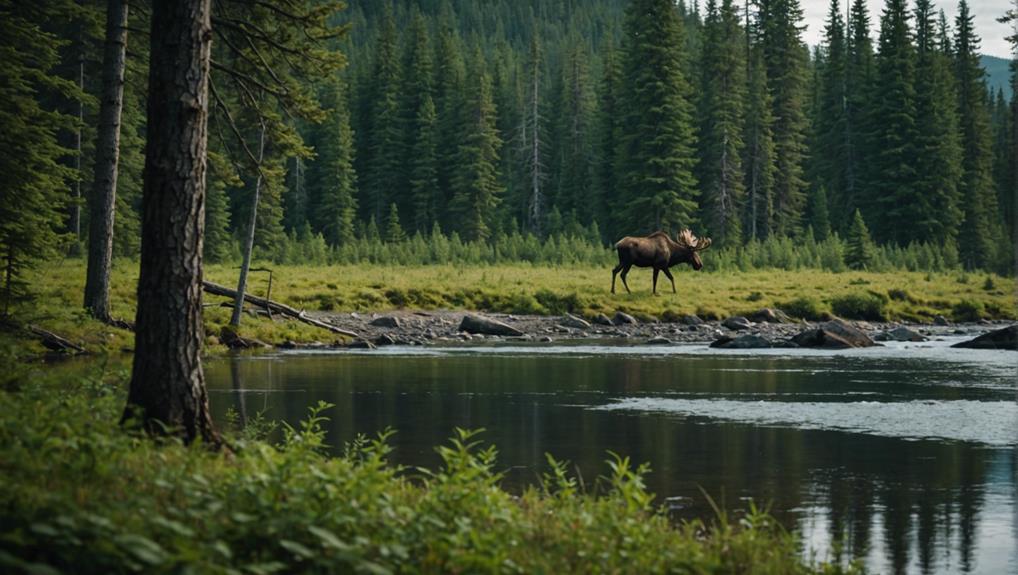
When you're in moose territory, always maintain a safe distance and stay alert, especially during mating season. Moose can be unpredictable, so it's crucial to understand their behavior. They typically hang out in forests, wetlands, and areas with lots of vegetation. Keep an eye on a moose's body language – raised hackles, ears back, or a lowered head can signal aggression. Never approach moose calves or come between a moose and its young. If a moose charges, try to find cover behind a tree or large object. You can also climb a tree if necessary. If you get knocked down, curl up and protect your head. Stay still until the moose moves away. Remember, showing respect for their space is key to keeping both you and the moose safe.
Preventing Snake Encounters
Preventing Snake Encounters
To avoid unexpected snake encounters while hiking, it's important to be vigilant and aware of your surroundings. Understanding snake behavior and taking necessary precautions can help you steer clear of these slithery surprises. Here are some practical tips:
- Watch Your Step: Keep your eyes on the trail ahead to spot snakes before getting too close, especially in sunny areas where they may be sunbathing.
- Use Trekking Poles: These can assist you in navigating tricky terrain and probing tall grass or rocky spots where snakes might be hiding.
- Stay Alert: If you're listening to music, consider keeping only one earbud in so you can listen for any rattling sounds or rustling noises nearby.
Responding to Wildlife Attacks
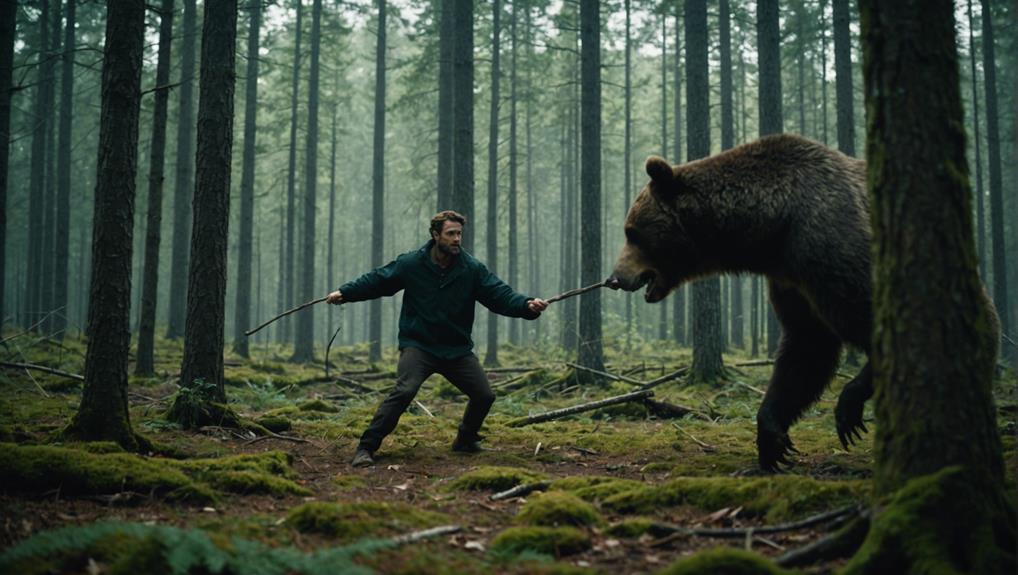
When wildlife encounters turn into attacks, knowing how to react effectively can make a difference between safety and severe harm. Understanding animal behavior and utilizing self-defense techniques are crucial. Keep calm and follow these steps:
| Animal | Behavior & Defense | Actions to Take |
|---|---|---|
| Bear | Charges to protect cubs | Use bear spray, avoid running, play dead |
| Snake | Strikes when threatened | Stay still, slowly back away |
| Mountain Lion | Stalks and pounces | Make noise, appear larger, fight back |
| Moose | Charges when provoked | Run, seek cover behind a tree, play dead |
| Wolf | Bites when cornered | Stand tall, make noise, back away slowly |
Conclusion
By mastering wildlife safety, you're preparing yourself for incredible adventures in nature without the worry of unexpected encounters. Stay calm, be alert to animal signs, and follow the tips we've provided. Whether you're encountering bears, snakes, mountain lions, or moose, readiness is key. Respecting wildlife and their habitats ensures your experiences are both secure and enjoyable. So gear up, stay informed, and enjoy your hikes with confidence and peace of mind!

